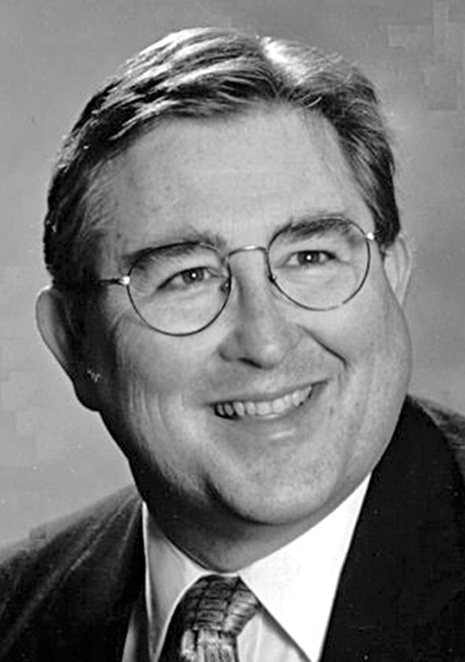By Danny Crownover
Last week the Vagabond wrote part one of Gadsden native, Edward (Ed) L. Gamblin leaving for Germany as an American soldier in the 317th U.S Army Infantry Regiment
April 11, 1945 was the day that Ed Gamblin was injured. It is not known exactly how. It is possible he fell or jumped in a ditch and/or was shot. There’s nothing in the official records of how he was injured. It is believed records were destroyed in a fire. According to his map, he stated he was injured between Gotha and Eufurt. That would have been around Tottenstadt or Tiefthal. He was taken to Frankfurt to the hospital.
It was in the area between Erfurt and Weimar that the Americans discovered the infamous Buchenwald concentration camp. General Patton later visited the camp.
“I saw the most horrible sight I have ever seen,” he commented in a letter. “It was a German slave camp… We took all the soldiers we could to see it, as I believe it is one of the best arguments against fraternization that I know.”
The 317th continued to move east and by April 13 it had occupied Weimar and Jena. The next day the soldiers captured over 900 prisoners, including a brigadier general and four of his staff officers.
One first sargent wrote detailing the questioning of German prisoners: “I asked the interpreter “Ask this guy how old he is.” He was just fifteen years old. A few minutes later two more gave up and they were fourteen. A little later another gave up and he was fifteen… They were pitiful to look at, they were so young… They were scared stiff as they had killed some of our men and thought we were going to shoot them.”
By April 16, the 317th was nearing Chemnitz, not far from the border of Czechoslovakia. In Gera, the 2nd Battalion guarded a large ammunition point. There was not much enemy contact and the regiment maintained law and order while conducting training.
On the same day, the nearby German town of Merkers, was captured along with the Kaiseroda salt mine, which is sometimes called the Merkers mine. Hidden deep inside the salt mine was virtually the entire gold and currency reserves of the German Reichsbank, together with all of the priceless art treasures which had been removed from Berlin’s museums for protection against Allied bombing raids and possible capture by the Allied armies.
U.S. General Dwight D. Eisenhower examined the salt mine along with General Omar Bradley, General George S. Patton, and other high-ranking American Army officers. As they were lowered down the mine shaft, Patton, said, “If that clothesline (elevator cable) should part, promotions in the U.S. Army would be considerably stimulated.” To which Ike replied, “Okay, George, that’s enough! No more cracks until we are above ground again.”
On April 17, they regrouped for a drive south into Austria. The 80th became the corps reserve and moved to Nürnberg. The soldiers backtracked approximately seventy-five miles and turned south through Bamberg.
By this time, Private Ed Gamble had left the hospital in Frankfurt and rejoined his company. While en route, some of the infantrymen glimpsed the new German jet-propelled Messerschmidt 262. A couple of P-47 Thunderbolts attempted to destroy the jet, but the German pilot applied full throttle and left them standing still.
The 317th spent most of its time in Nürnberg clearing out snipers and Germans that simply refused to surrender.
A week later, the regiment received orders to move south through Regensburg and then into Au-stria.
The roads leading to Regensburg were in poor condition and overflowed with military traffic. The soldiers along with General Patton proceeded across the Danube River on April 29.
The soldiers were to keep moving forward until they made contact with the Russians.
The next day, they continued moving to the southeast without opposition until Voklabruck. An enemy strongpoint of infantry put up a strong fight but the 1st Battalion overcame the resistance. By the end of the fighting, the infantrymen had captured over 7,000 prisoners.
On May 6, it was learned that a large number of SS troops were located in Klaus.
The soldiers attacked from Kirchdorf that afternoon and the Germans immediately offered to surrender, providing they could withdraw east to continue the fight against the Russians.
The Americans rejected the proposal and the Germans requested until midnight to make a final decision on the surrender, which they ultimately declined. It was noted that up to 15,000 enemy troops were in the area. The 317th had no choice but to prepare for a tough fight the next morning.
The next morning, the Americans attacked rapidly to the south. That enemy army, was soon learned to number almost 200,000 and it defended the area into which the 317th attacked.
Later that day on May 7, Germany surrendered unconditionally. The 9th was celebrated as VE (Victory in Europe) Day. The war in Europe was over.
Ed Gamblin was near or at Graz, Austria at the war’s end. He then was in Vienna where the 317th met the British. The 317th immediately began operations to disband the German Army and stabilize the war-torn country. The Americans moved thousands of German captives to prisoner of war enclosures and collected their weapons for destruction. Gamblin’s last entry on the map was at Stötten, Germany.
Ed Gamblin left Europe on April 5, 1946 and arrived back in the U.S. on April 14.
Early in the war, Gamblin found a fiddle in an abandoned German barn. He placed the fiddle in a toe sack and carried it on his back all through the war. Inside the lid, he had drawn a map of all the cities he’d been in. He also brought back a pistol he took off a German soldier, as well as an Army Rifle M1 Grand.
Gamblin died on July 7, 1980, and is buried at Rainbow Gardens off Hwy 77.





